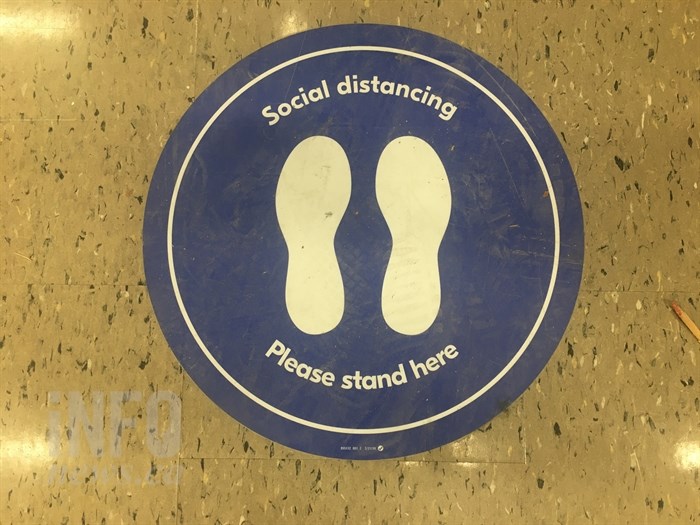
(BEN BULMER / iNFOnews.ca)
May 07, 2021 - 4:37 PM
A recent leak of COVID-19 data from the B.C. Centre for Disease Control showed that much more information is being collected than is being made available to the public. That includes case counts by neighbourhood, not just town or region.
Early on in the pandemic, provincial health officer Dr. Bonnie Henry only reported on cases in the province’s five health regions.
As more cases were recorded, the data was broken down, for example, into the four Health Service Delivery Areas in the Interior Health region. Now it’s available for 31 Local Health Areas within this region.
But the data leak shows there are breakdowns by neighbourhoods in some areas.
“Local medical health officers and your local health system have the kind of local data they need to manage outbreaks and clusters and exposures in schools and the day to day management of COVID-19 at the granular level,” Dr. Réka Gustafson, the deputy provincial health officer said during a news conference today, May 7.
Gustafson stressed her job is to look at data at a provincial level but committed to making more data available as early as next week.
She also said it may take weeks to get some data, such as the comparative rates of cases and vaccinations by neighbourhood, so it’s unclear what details will become available or when, or how detailed it will be.
iNFOnews.ca did not have access to the leaked data but more detailed information is definitely available.
Interior Health’s chief medical health officer, Dr. Albert de Villiers said, in an earlier news briefing today that the Rutland neighbourhood of Kelowna had higher case rates and lower vaccination rates than anywhere else in the region. He knew that by analyzing data on a much more detailed level than the numbers publicly available on the B.C. Centre for Disease Control’s website.
Right now, with the 31 Local Health Areas, some small communities in the health region, like Summerland and Golden, are identified individually.
The biggest population centre in the region is the Central Okanagan where cases in the four municipalities and two rural areas are all lumped together as one Local Health Area.
Similarly, the Kamloops Local Health Area stretches from Barriere to Logan Lake and Chase so it’s impossible to identify which areas have high transmission rates.
Yet smaller communities constitute entire Local Health Areas, like Summerland and Golden that have both been identified as high transmission communities, as has the Rutland neighbourhood of Kelowna.
READ MORE: Interior Health identifies 3 communities as high COVID-19 transmission areas
Dr. Henry said that health authorities collect data in a number of different ways and talk about the best way to use that information. She stressed that much of the information needs to be taken in context.
She noted that some of the data, such as vaccination rates by neighbourhood, just became available recently and it takes time to get that set up in the data system to post.
To contact a reporter for this story, email Rob Munro or call 250-808-0143 or email the editor. You can also submit photos, videos or news tips to the newsroom and be entered to win a monthly prize draw.
We welcome your comments and opinions on our stories but play nice. We won't censor or delete comments unless they contain off-topic statements or links, unnecessary vulgarity, false facts, spam or obviously fake profiles. If you have any concerns about what you see in comments, email the editor in the link above.
News from © iNFOnews, 2021